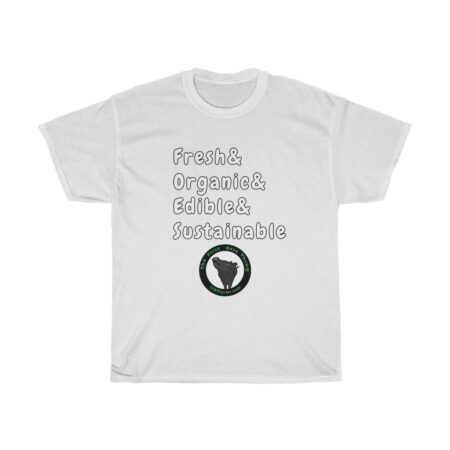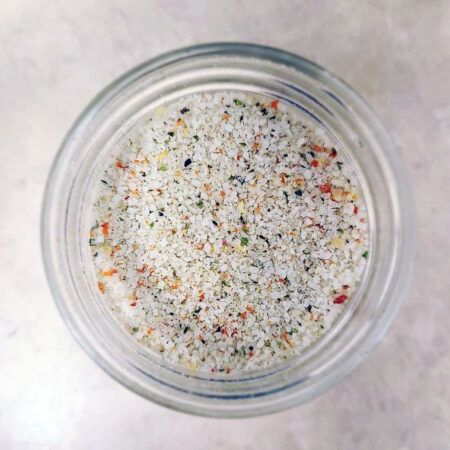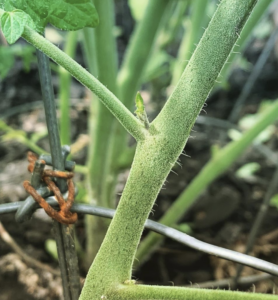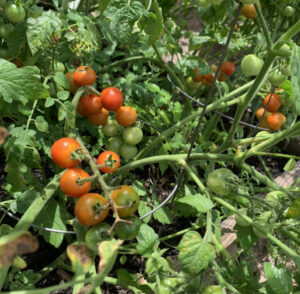Pruning tomatoes can provide many benefits such as reducing diseases like powdery mildew and helping control pests. Most importantly, pruning helps tomato plants focus their energy on growing an optimal crop in both quantity and quality. Over pruning can unnecessarily decrease the number of tomatoes remaining on the vine, while under pruning can cause the fruits to remain underdeveloped. For most cases, only tomatoes that grow on vines, known as indeterminate tomato plants, need to be pruned, while determinate tomato plants grow on bush and don’t require as much pruning.
Pruning Determinate Tomato Plants
Another type of tomato plant, called determinate, grows in more of a bush shape and may only require light pruning of lower leaves to help prevent disease and pests.
Pruning Indeterminate Tomato Plants

Removing the Sucker
Most importantly, when pruning tomato plants, you’ll need to learn to identify what many people refer to as the “sucker.” The sucker is essentially a secondary vine that will grow above the primary vine from the tomato stem. As depicted in the photo above, tomato leaves are emerging and if left on the stem, flowers and tomato fruits will also also grow if the secondary sucker vine is left long enough. The reason this vine is called the sucker is because it sucks energy and nutrients from the primary vine. This is why most people recommend removing the sucker, so the plant can focus its energy in producing healthy fruits on the primary vines.
Pruning the Rest of the Plant
For months two and three of the tomato plant growing, removing the suckers will be the majority of the pruning activities required. As an indeterminate tomato plant, it will grow as a vine and will require a trellis or growing cage to support the plant as it grows. Once the plant begins fruiting, start at around three to four months, the plant will likely be 4 feet tall and much of the plant material on the lower 1-2 feet of the plant can be removed if needed, depending on the size and condition of the plant. Any leaves or vines that have turned yellow or show signs of disease should definitely be removed.
We remove most of the lower plant material to help reduce powdery mildew growth since we live in Houston and it’s very humid in our Zone 9A climate. These plants don’t typically produce fruit on this close to base of the plant, usually around 2 feet or higher, so trimming low won’t cause any significant tomato fruit loss, but should instead increase the plant’s overall success.









One reply on “Pruning Tomatoes”
Way cool! Some very valid points! I appreciate you penning this article and the rest of the website is also really good. Lisbeth Reinaldo Eugene